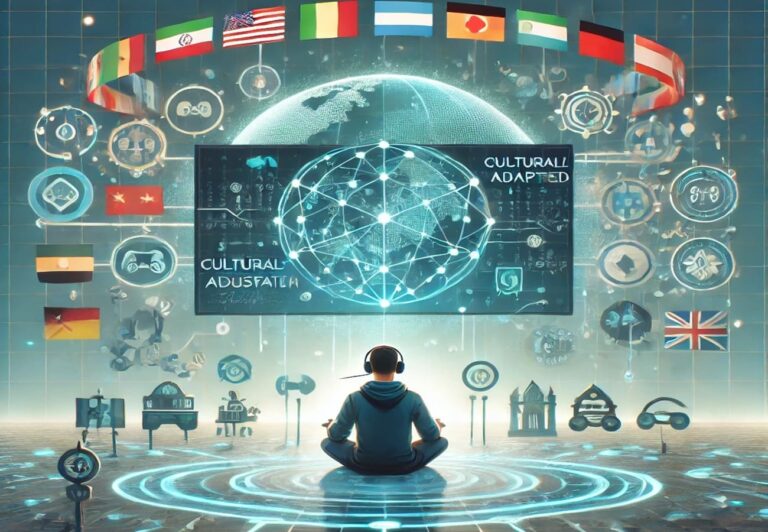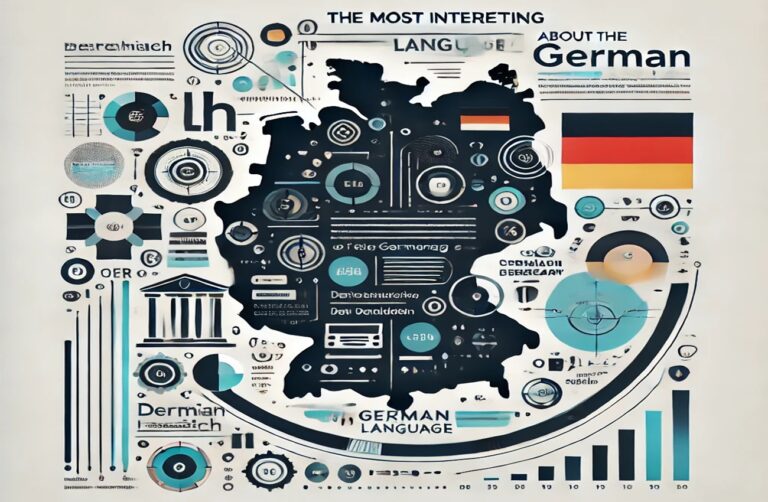US translation agencies: current trends, impact of AI and employment changes
Translation agencies in the US are undergoing a profound transformation driven by artificial intelligence and automation. In recent years, the use of machine translation and post-editing tools has become common practice in both the public and private sectors. This development is changing the way translators work, affecting employment, language quality and the country’s official policies.
Growing use of artificial intelligence in translation
Leading translation agencies in the United States are rapidly adopting tools based on artificial intelligence (AI) and machine translation. The Machine Translation + Post-Editing (MTPE) model is emerging as the most cost-effective option, reducing costs and maintaining acceptable quality.
However, agencies such as Tomedes warn of risks to quality, ethics and cultural bias when too much reliance is placed on automation. Errors in medical or legal translations and loss of contextual meaning are some of the problems reported.
Regulatory changes and public policies
According to The Washington Post and Nextgov/FCW, the US government is pushing for the use of AI in official translation services. The Justice Department has instructed federal agencies to identify which language services are essential and which can be automated.
At the same time, public contracts for interpretation and translation have been reduced. USCIS cancelled agreements with providers offering language assistance to immigrants, affecting the accessibility of programmes such as E-Verify and SAVE.

Impact of AI on translation agencies in the US
The rise of automation has reduced the demand for pure manual translation. Agencies and freelance translators report a shift towards post-editing, proofreading and cultural localisation.
One example is CyraCom, acquired by Propio in 2025, which announced more than 300 layoffs in its Houston office. This case reflects industry consolidation and the search for efficiency through mergers and staff cuts.
Reduction of public services and language access
In addition, agencies such as the National Weather Service have had to temporarily suspend multilingual automated services due to expiring contracts with companies such as Lilt, affecting non-English-speaking communities in emergencies.
The government has reaffirmed English as the official language, which has led to a reduction in “non-essential” multilingual services, prioritising the use of AI for basic translations.
New technology partnerships
The technology trend continues: PlayBox Neo partnered with AI-Media to integrate closed captioning and machine translated speech into broadcasts. In the UK, GlobeScribe.ai launched its automated literary translation service, raising concerns among human translators about quality and cultural value.
Future of the sector
The future of translation in the US points to human-machine collaboration. Translators will have to adapt, specialise and focus on proofreading, editing and quality control.
Agencies will continue to automate processes, but the balance between efficiency, language accessibility and quality will remain a central challenge for the coming years.







